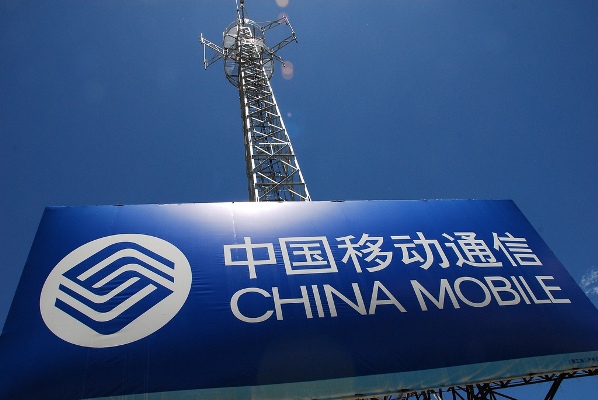China Mobile 4G roll out is unlikely to bring enough cheers to telecom vendors this year. ZTE and Huawei will be the most affected due to the delay in the TD-LTE network plans.
Other telecom vendors such as Ericsson, Nokia Solutions and Networks (NSN), Cisco, Alcatel-Lucent, Samsung, etc. is also hoping good business from China.
Telecom industry research firm Mobile Experts says — quoting top global semiconductor suppliers — that production and deployment limitations will stretch deliveries over a period of roughly 18 months.
This means, top equipment vendors will start supplying 4G products in the third or fourth quarter of 2013 and early 2014.
Chinese media earlier reported that 200,000 base stations will be deployed during 2013.
The bad news is coming at a time when RF semiconductor suppliers are ramping up production which corresponds with delivery of 207,000 TD-LTE base stations.
Earlier, China Mobile said that it would raise capital spending (Capex) to 190.2 billion yuan ($30.6 billion) in 2013 from 127.4 billion yuan a year earlier.
China Mobile’s 4G launch on the TD-LTE network will boost Bharti Airtel and Reliance Jio Infocomm in India. The company, which has around 900 million telecom subscribers, has recently invited 5,000 users to test the TD-LTE service using mobile phones and data cards. China Mobile’s Shanghai branch has rolled out 1,000 base stations to cover the inner ring region in the city and plans to expand the TD-LTE service to cover the whole city by the end of this year.
Mobile Experts said that by 2018, more than 40 percent of Remote Radio Heads (RRH) units will utilize a multi-core System on Chip (SoC) processor instead of the traditional FPGA or ASIC.
The $2.5 billion RRH semiconductor market is quickly transforming; low-cost integrated semiconductors are ready to steal the spotlight from discrete semiconductors, resulting in a line-up with fewer components, and possibly fewer vendors.
“Some spectrum allocations have reached 190 MHz in bandwidth or more, and various operators have different strategies for how to deploy radios on the spectrum,” said Joe Madden, principal analyst at Mobile Experts.







